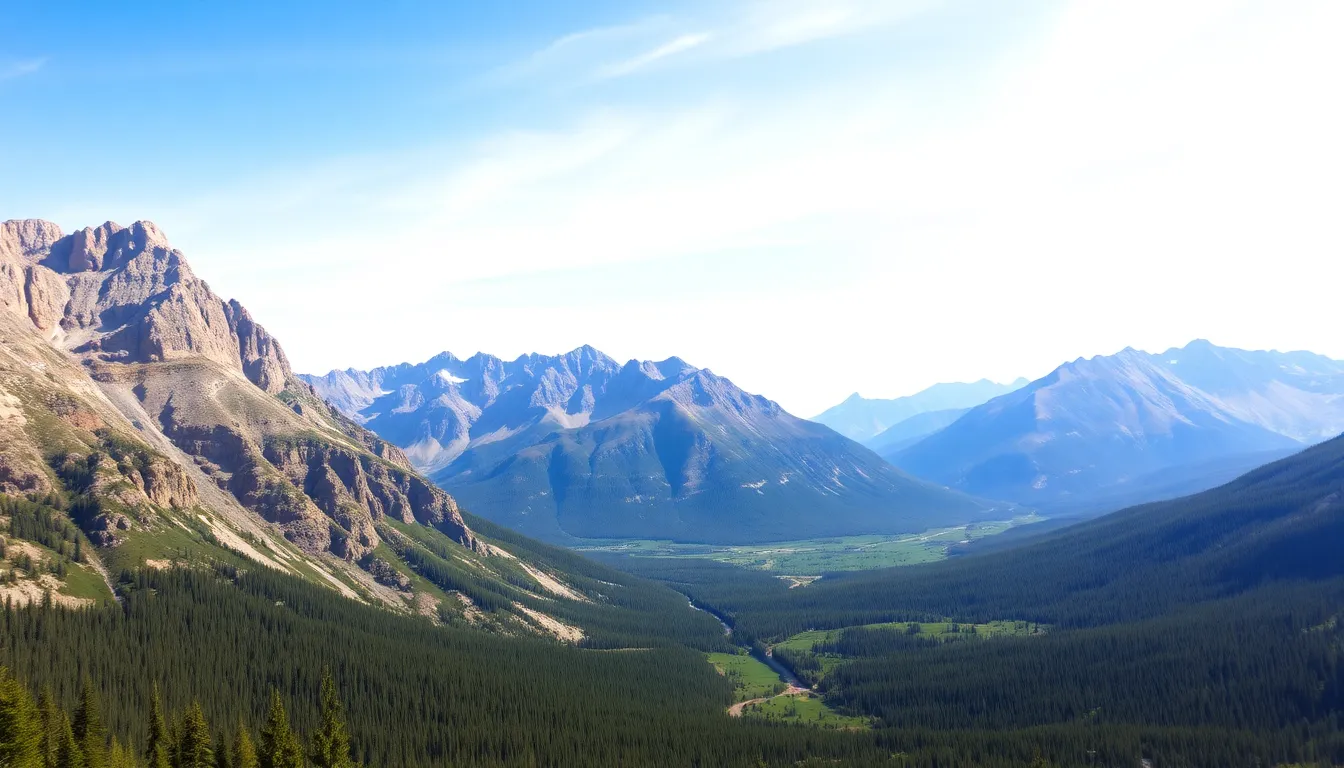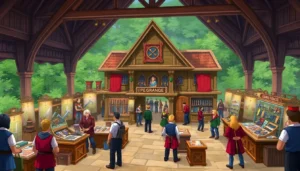Table of Contents
Toggle“Open Range” transports viewers to the rugged landscapes of the American West, capturing the essence of frontier life. Released in 2003 and directed by Kevin Costner, the film showcases the struggles of cattle herders in a lawless land. But where was this stunning cinematic masterpiece filmed?
The answer lies in the breathtaking vistas of Alberta, Canada. The province’s diverse terrain, from sweeping plains to majestic mountains, provides the perfect backdrop for the film’s intense drama and breathtaking action. As audiences are drawn into the world of “Open Range,” they also discover the natural beauty that makes Alberta a hidden gem for filmmakers and nature lovers alike.
Overview of Open Range
“Open Range” showcases the struggles of cattle herders against a backdrop of picturesque landscapes. The film features Alberta, Canada, recognized for its sweeping prairies, majestic mountains, and serene lakes, providing an ideal setting for its narrative. Key filming locations included the breathtaking Kananaskis Country and the stunning Bow Valley, each contributing to the film’s visual appeal.
Alberta’s vibrant landscapes amplify the film’s themes of freedom and hardship. The expansive skies and rolling hills create a sense of isolation, reflecting the challenges encountered by the characters. Filmmakers took advantage of the area’s natural beauty, capturing both raw action and poignant moments throughout the story.
Notable sites within Alberta, such as the town of High River, also played a significant role in crafting the film’s authentic Western atmosphere. The historic architecture and open spaces in High River offered a perfect backdrop for recreating the Old West, enhancing the film’s authenticity.
Overall, “Open Range” effectively uses Alberta’s diverse terrains to tell a compelling story of resilience and camaraderie in the American West.
Filming Locations

“Open Range” features stunning landscapes primarily filmed in Alberta, Canada. The chosen settings highlight the beauty and ruggedness of the American West.
Primary Filming Site
Kananaskis Country serves as the primary filming location for “Open Range.” This expansive area encompasses various terrains, including mountains, valleys, and forests. The dramatic vistas and diverse ecological zones contribute significantly to the film’s visual storytelling. Set against picturesque backdrops, key scenes capture the essence of the Old West and enhance the characters’ journeys.
Additional Locations
Several additional sites complement the main filming location.
- Bow Valley: Known for its breathtaking scenery, Bow Valley provides sweeping landscapes that amplify critical moments in the film.
- High River: This town showcases well-preserved buildings reminiscent of the Old West, offering authenticity to various scenes.
- Calgary and surrounding areas: The production utilized other settings to capture the essence of the region, enriching the film’s atmosphere and historical context.
These diverse locations collectively create a visually compelling narrative, embedding Alberta’s natural beauty into the heart of the film.
Impact of Filming Locations
The filming locations of “Open Range” play a crucial role in enhancing the film’s narrative and visual storytelling. Alberta’s diverse landscapes contribute significantly to both the scenery and the film’s overall atmosphere.
Scenery and Authenticity
Scenery shapes the film’s authenticity, grounding the story in the real American West. Alberta’s sweeping prairies provide expansive visuals that emphasize the vastness cattle herders faced. Kananaskis Country, with its rugged mountains and varied ecosystems, enriches the authenticity of the cowboy experience. The well-preserved buildings in High River reflect historical accuracy, helping viewers connect with the characters’ challenges. Each location, from serene lakes to dramatic vistas, acts as a character itself, supporting the movie’s themes of resilience and community.
Influence on the Film’s Atmosphere
Influence on the film’s atmosphere stems from the natural beauty of its settings. The breathtaking scenery of Bow Valley enhances pivotal moments, intensifying emotional stakes and visual drama. The film’s pacing syncs with the landscapes, where serene vistas contrast with moments of conflict. This interplay heightens audience engagement, making the setting a vital component of storytelling. The unique textures and colors of Alberta’s landscapes deepen the film’s emotional weight, amplifying the narrative’s impact. Through its locations, “Open Range” creates an immersive experience that transports viewers to the heart of the American West.
Behind the Scenes
“Open Range” showcases the hard work and dedication behind its captivating visuals and storytelling.
Director’s Vision
Kevin Costner’s vision for “Open Range” centered on authenticity in portraying the American West. He aimed to capture the essence of the cattle herding experience, blending raw emotion with stunning landscapes. Costner emphasized real locations over artificial sets, believing that the natural beauty of Alberta would enhance the narrative’s depth. His directorial choices emphasized character development and emotional resonance, deeply connecting the audience to the struggles and triumphs of the protagonists.
Challenges Faced During Filming
Filming “Open Range” in Alberta presented several challenges. Extreme weather conditions, such as unpredictable snowstorms and fluctuating temperatures, tested the crew’s resilience. Logistical hurdles included transporting heavy equipment through rugged terrains and coordinating schedules with local ranchers. Additionally, maintaining continuity with natural lighting required meticulous planning, as the outdoor settings changed rapidly. Despite these challenges, the crew successfully delivered a visually stunning film, with every obstacle adding to the authenticity of the final product.
Conclusion
“Open Range” stands as a testament to the power of location in storytelling. The breathtaking landscapes of Alberta not only enhance the film’s visual appeal but also deepen its narrative. By choosing real locations like Kananaskis Country and Bow Valley, the filmmakers created an authentic atmosphere that resonates with audiences.
The film’s portrayal of the American West is enriched by the region’s natural beauty, making it a memorable cinematic experience. Alberta’s diverse terrains play a crucial role in illustrating the resilience and camaraderie of the characters, ensuring that “Open Range” remains a significant work in the genre of Western films.






